Nhat - means Sun, and Ban means origin. Japan is the land of the sun, where the sun rises, the homeland of the sun.
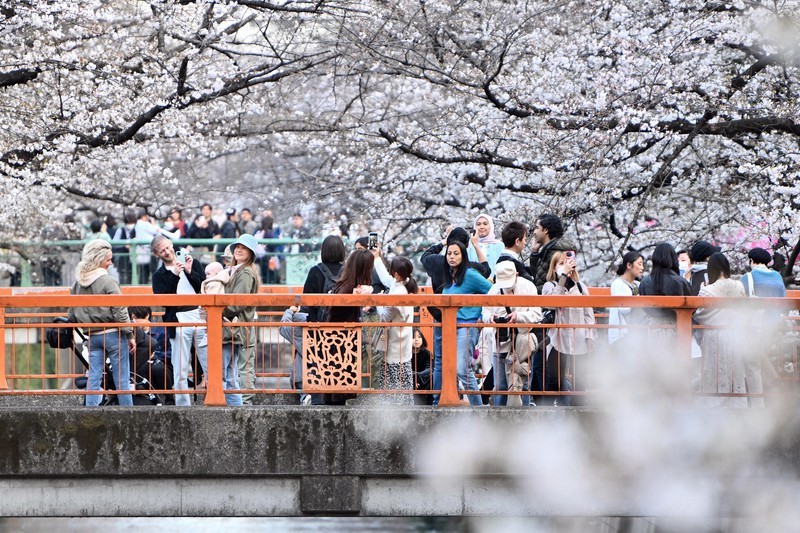 |
| Japan is also known as the “land of cherry blossoms” because cherry blossom trees ( sakura ) grow all over the country, from North to South. (Source: Mainichi) |
According to history books, the name Japan was transcribed by the 13th century Italian explorer and merchant Marco Polo in China as Cipangu. Portuguese merchants were the first to bring this word to Europe, it was written in English as Giapan. Then, it was translated into English and German as Japan, and French as Japon. According to the correct Japanese dialect, it is read as “Nihon” (Nippon or Nippon Koku - origin of the sun or land of the rising sun).
Coming to Japan, visitors are reminded of the legend of the two islands that created this country. The story is told in the Kojiki, the oldest book still preserved in Japan, written in the 8th century. The book records in Chinese ancient folk legends about the beginning of the world, the world of gods, the formation of the Japanese people, and the appearance of the Japanese imperial lineage.
The story goes that: Once upon a time, when there was no heaven or earth, there was only a strip of alluvium that split in two. The upper part was the dwelling place of the gods. The lower part was vast water; two gods used spears to stir the ocean of alluvium until bubbles rose up to form a place to live.
The male god was named Izanagi (Y Trang Nặc), the female god was named Izanami (Y Trang Sách), both meaning “the one who invites”. The male and female looked at each other, their emotions overflowing. The female god exclaimed: “I feel like I’m missing something!” The male god replied: “I feel like I’m missing something!” And so the couple got down to business.
Afterwards, Izanami gave birth to the islands that are now Japanese territory. Today, in the sacred Ise Bay, near the city of Kobe (located on Honsu Island), there are still two small rocky islands called “husband and wife rocks”, “male rock” is the husband and “female rock” is the wife, tied together by a red string, a rope; every year, on the 5th of January, there is a ceremony to replace that rope. If the rope breaks during the year, it is a bad omen, and the country will have many disasters.
The Sun Goddess (Amateraxu) was a teardrop shed by Izanagi when he returned to the mortal world and bathed in a spring to expel bodily fluids. The legend of the Sun Goddess gave Japan the name “the land of the sun”.
The legend of Mount Fuji explains another image of the country. Fuji means “elixir of life”. The story goes that there was an emperor who fell in love with a fairy who was banished from the moon to be the adopted daughter of an old woodcutter and his wife. Their love was not reciprocated. After her exile on earth, the fairy flew back to the moon, leaving her adoptive father a jade letter and the elixir of life, which she threw into the tallest volcano closest to the moon. To this day, sacred smoke still rises as a lingering memory from Mount Fuji.
Japan is also known as the “land of cherry blossoms” because cherry blossoms (sakura) grow all over the country, from North to South. Japan is also known as the “land of chrysanthemums”. Because the 16-petal chrysanthemum resembles the shining sun, it is the symbol of the royal family and the national emblem of Japan today.
Japan consists of four large islands and over a thousand small islands spread out in an arc about 3,800 km long off the east coast of the Asian continent. Honshu Island is the largest island, as large as the North and South of our country combined.
The “island” character is a very important geographical factor for Japan, perhaps more so than for Britain, because the British Isles were early attached to the European continent, while the Japanese archipelago was “a grain of millet at the far edge of the universe.”
Because of living on islands separated from the mainland, the Japanese ethnic groups had favorable conditions to mix and form a nation with distinct characteristics early in history. Some sociologists believe that the “island” nature causes the Japanese mentality to have an “introversion” tendency, just like the Swedish people (for other reasons).
Because of the difficulty of transportation between the island and the mainland, foreign cultural elements did not gradually penetrate but sometimes entered en masse. There were times when Japan closed its doors and had no contact with the outside world: during the Heian period, relations with China were interrupted for three hundred years; during the period from 1630 to 1867, Japan closed its doors, especially to Western countries, for more than two hundred years.
The archipelago's location on the edge of the continent also made Japan less vulnerable to constant foreign invasions than Vietnam; in fact, until 1945, Japan was virtually unoccupied by foreign powers.
The islands of Japan are the upper part of a submerged mountain range 6,000-8,000m deep in the Pacific Ocean floor, in the middle of each island is the upper part of a submerged mountain range; mountains cover two-thirds of the country's area. Because it is in contact with several tectonic plates (Eurasia, North America, Pacific and Philippines) and the "mountain-building" process is "young", Japan has two natural characteristics that make this country famous worldwide: many volcanoes, many earthquakes and tsunamis (due to offshore earthquakes).
Japan's nature is beautiful, but it is truly cruel to humans. There is little arable land, a large population (about 125 million people in 377,435 km 2 - almost the same as Vietnam - 100 million people in 329,600 km 2 ), scarce natural resources, and no favorable weather and terrain.
Yet here, a brilliant civilization was born, a country rose from backwardness in a unique way. After more than a hundred years of change, a leading economy in the world appeared. That success is the victory of the Japanese people over nature.
Source


![[Photo] The 1st Congress of Party Delegates of Central Party Agencies, term 2025-2030, held a preparatory session.](https://vphoto.vietnam.vn/thumb/1200x675/vietnam/resource/IMAGE/2025/9/23/e3a8d2fea79943178d836016d81b4981)

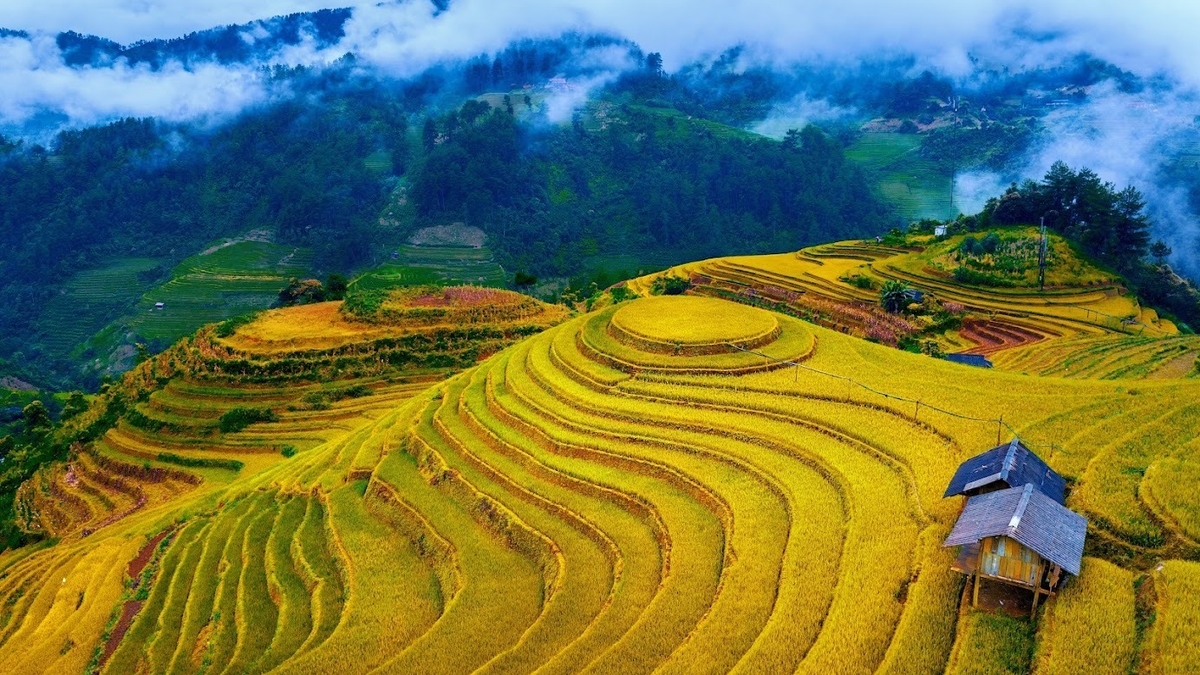

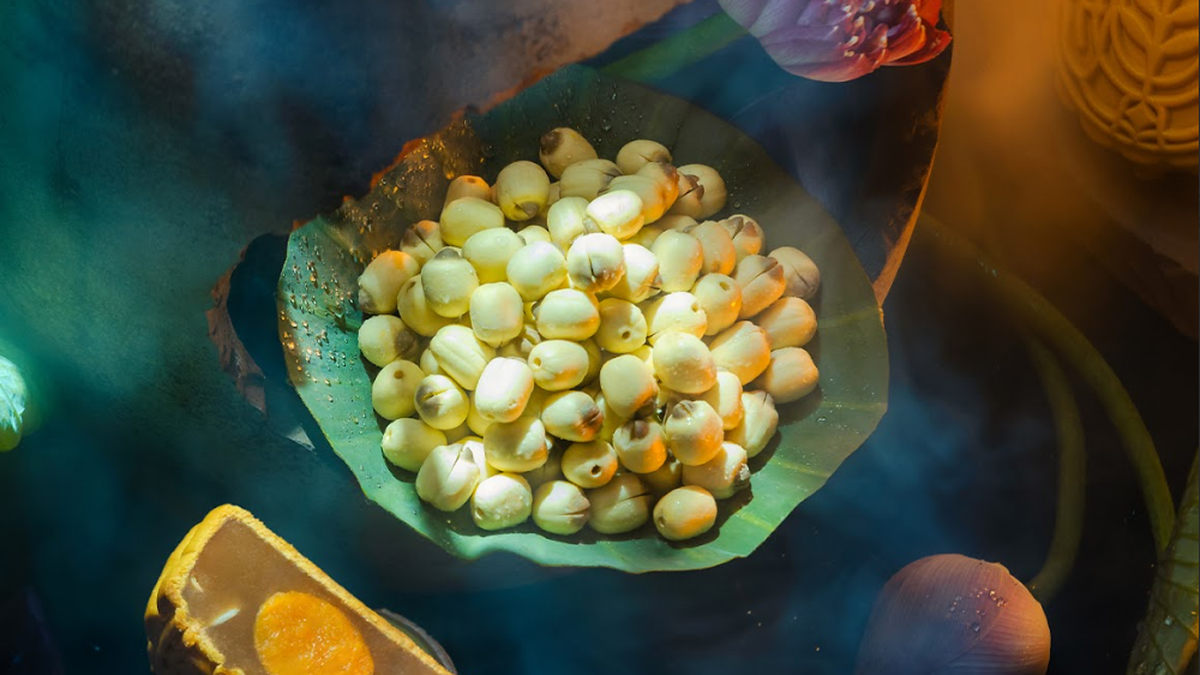
![[Photo] General Secretary To Lam meets voters in Hanoi city](https://vphoto.vietnam.vn/thumb/1200x675/vietnam/resource/IMAGE/2025/9/23/d3d496df306d42528b1efa01c19b9c1f)
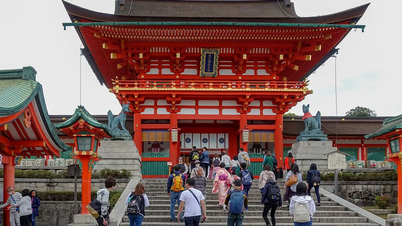



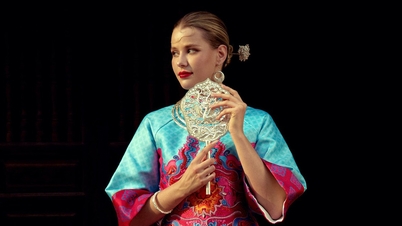



![Strolling in the American Literature Garden [Part 19]](https://vphoto.vietnam.vn/thumb/402x226/vietnam/resource/IMAGE/2025/1/19/282450858d7345568984c556f7bb952d)




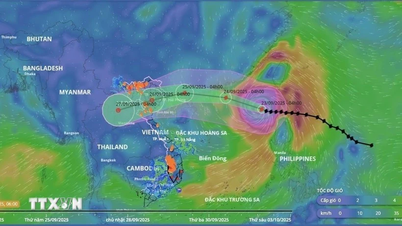

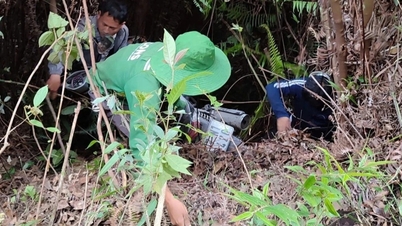





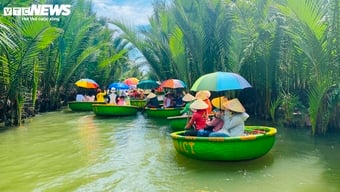







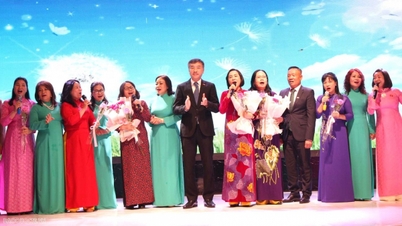




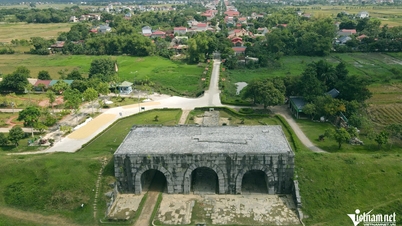




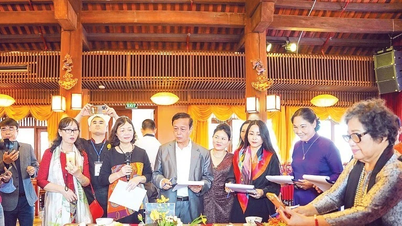







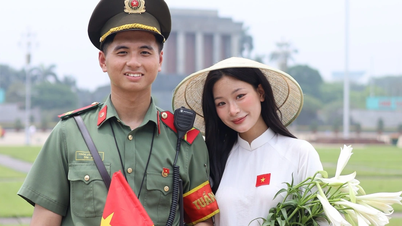







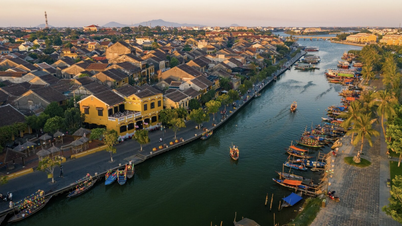




















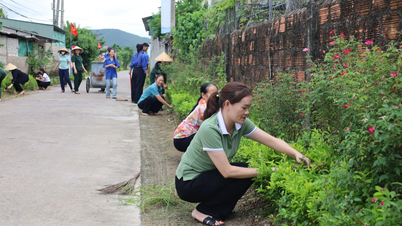



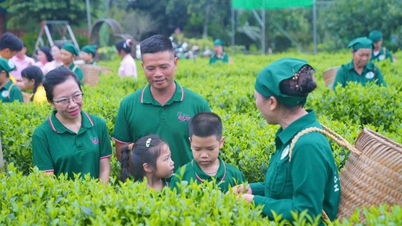




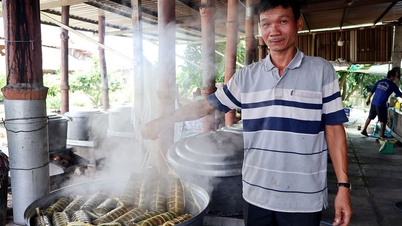







Comment (0)